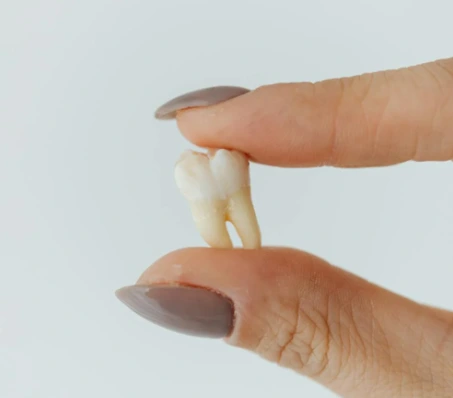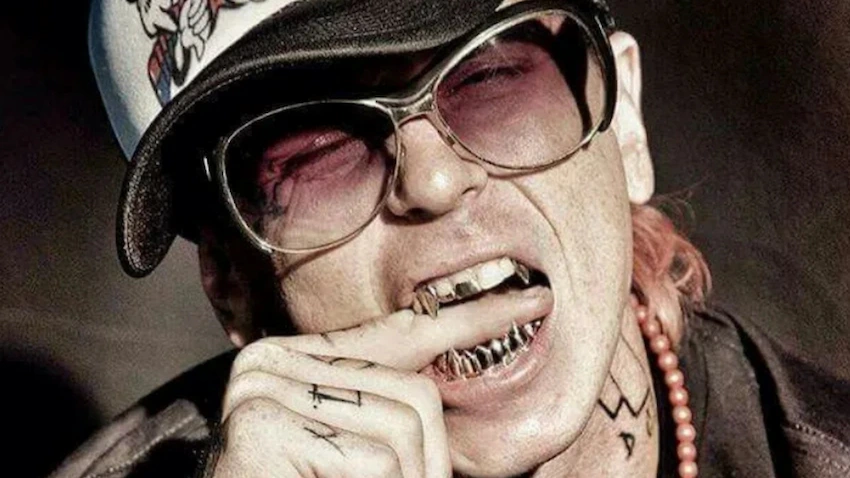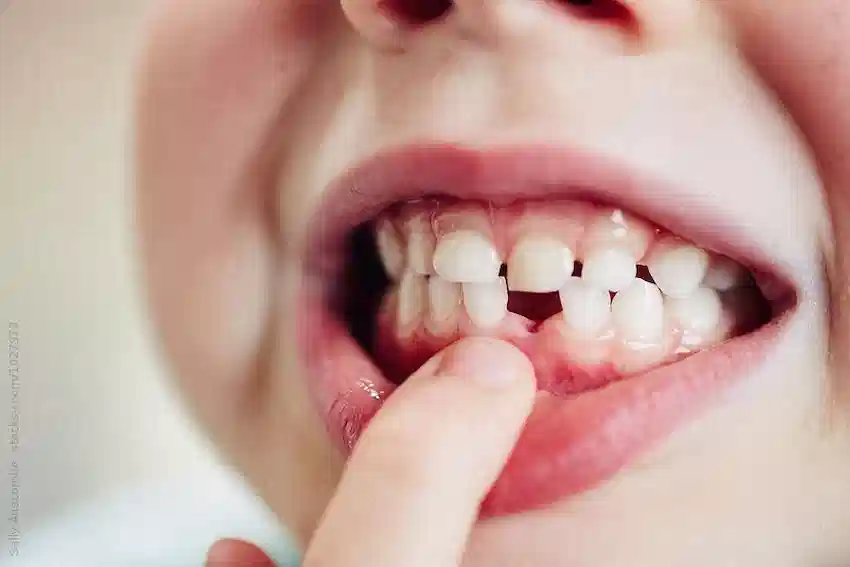When Do Children Get All 32 Permanent Teeth?
As a parent, the appearance of your child’s permanent teeth becomes a critical indicator of your child’s progress. In a general sense, a child’s permanent tooth eruption follows a certain, predictable timetable although each child is unique in his or her own way. In addition, this way, you can keep your child’s oral health checked, and you can always have the right care at the right time with them.
Throughout this piece, we will go into the details about the norm of a new set of teeth eruption and explain the stages of development.
The Phases of Permanent Teeth Eruption

Your child’s full set of permanent teeth, which will include incisors, canines, premolars, and molars, will be developed by the time he or she is in their teenage years. Here is a list of the typical timeline when each set of permanent teeth comes in:
1. The First Set of Permanent Teeth: Central Incisors
- Age: Between 6 and 8 years old
- Teeth Involved: Lower central incisors (bottom front teeth), usually the upper ones are the first which come after.
- What to Expect: The present stage is that your child’s baby teeth are gradually getting replaced by adult teeth. The central incisors are typically the first to appear, symbolizing the transition from baby teeth to permanent teeth. Usually, you would notice the spaces left by the fallen out baby teeth.
2. Lateral Incisors
- Age: Between 7 and 9 years old
- Teeth Involved: The teeth next to the central incisors (upper and lower lateral incisors).
7. Third Molars
- Age: Between 17 and 21 years old
- Teeth Involved: Called “wisdom teeth” because they usually erupt when a person reaches wisdom age.
- What to Expect: Most people have 4 “third molars” but sometimes not all teeth are seen. The last ones to come in are the third molars, typically to come in around 17 and 25 years of age.
- Teeth Involved: Upper and lower second molars (found behind the first molars).
- What to Expect: The second molars are the second set of large back teeth that will break through to complete chewing. These molars, therefore, appear later in the child’s life, but are very important for the chewing and grinding of the food.
7. Third Molars (Wisdom Teeth)
- Age: Between 17 and 21 years old.
- Teeth Involved: Upper and lower third molars (wisdom teeth).
- What to Expect: Wisdom teeth are the last set of permanent teeth that will appear. However, it should be noted that not all people go through the eruption of four wisdom teeth, and some might even get their wisdom teeth extracted if they are problematic by causing impaction, crowding, or infection. Very often, wisdom teeth start to come out at the end of adolescence or in early adulthood.
Full Set of Permanent Teeth
If your child has developed normally, they should have all 32 permanent teeth, including the third molars (wisdom teeth) by the time they are about 21 years old. These 32 teeth are as follows:
- 8 incisors (4 upper and 4 lower)
- 4 canines (2 upper and 2 lower)
- 8 premolars (4 upper and 4 lower)
- 8 molars (4 upper and 4 lower)
- 4 third molars (wisdom teeth)
What If My Child’s Teeth Are Late to Erupt?
There is a certain age when permanent teeth usually begin to erupt, although every child develops at a different pace. Your child might not have all their permanent teeth appear on time, and this is acceptable. Genetics, nutrition, or hormonal changes are among the reasons for the delay in tooth eruption.
Nonetheless, if the eruption of your child’s permanent teeth is too late, be quick to book an appointment with the dentist to ensure no underlying problems exist.
Signs That Permanent Teeth Are Coming In
Here are some signs that the permanent teeth of your child are starting to emerge:
- Loose Baby Teeth: The movement of the permanent teeth results in the dislodging of the baby teeth, as the former press the latter’s roots, making them get loose and eventually fall out.
- Gum Swelling: When the permanent teeth are making their way up through the gums, your child may suffer the swelling or tenderness of the gums area.
- Discomfort: At the time that permanent teeth are coming out, the child may feel some discomfort or pain. Painkillers can be taken to help relieve the discomfort.
Conclusion
The eruption of all of the 32 permanent teeth is an ongoing process normally starting at 6 and reaching into the early twenties. The appearance of your child’s permanent teeth will be perfect if you can make sure that he/she observes excellent oral hygiene. In addition to that, going for regular dental checkups is important in tracking the development of their teeth and solving the issues that might arise early enough.
At Lema Dental Clinic, in Istanbul, Turkey, we deliver dedicated care for children’s dental health. Our team of professionals is there to help you and your children from their first teeth to their last set of wisdom teeth. By getting regular checkups and adopting consistent dental habits, your children will be equipped with a solid and bright smile for life.
Children typically get all 32 permanent teeth by the age of 21, with the process starting around age 6 and continuing into the early twenties.
Yes, signs include loose baby teeth, swollen gums, and mild discomfort as the permanent teeth push through.
If your child’s teeth are significantly delayed, consult with your dentist to rule out any underlying issues.
Wisdom teeth may need to be removed if they cause issues like impaction or crowding. Your dentist can monitor their development and recommend removal if necessary.
Brushing twice a day, flossing, and regular dental check-ups will help ensure your child’s permanent teeth stay healthy and strong.




